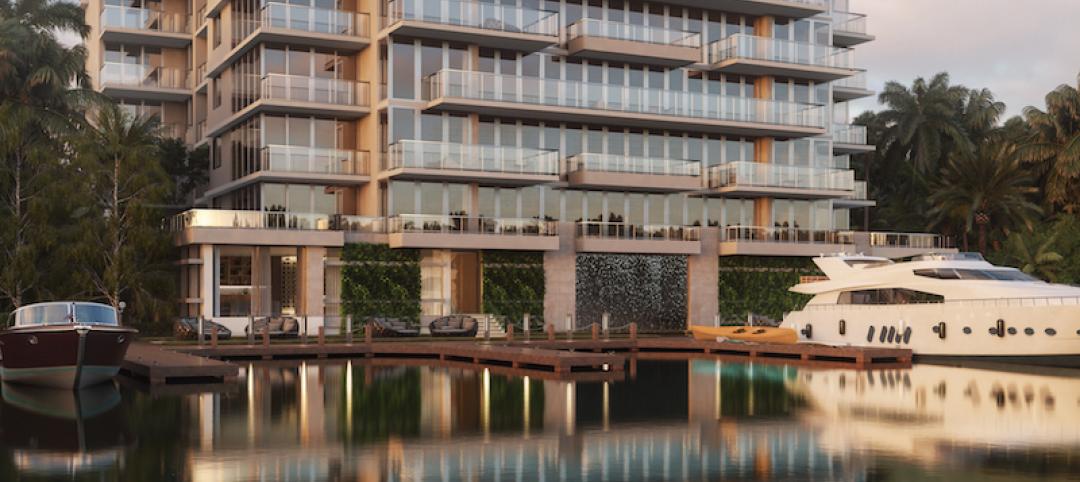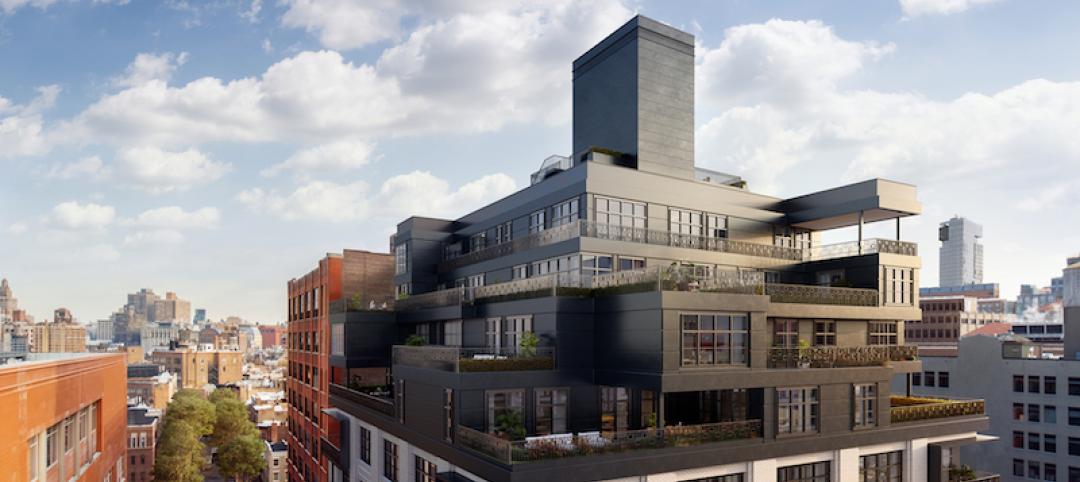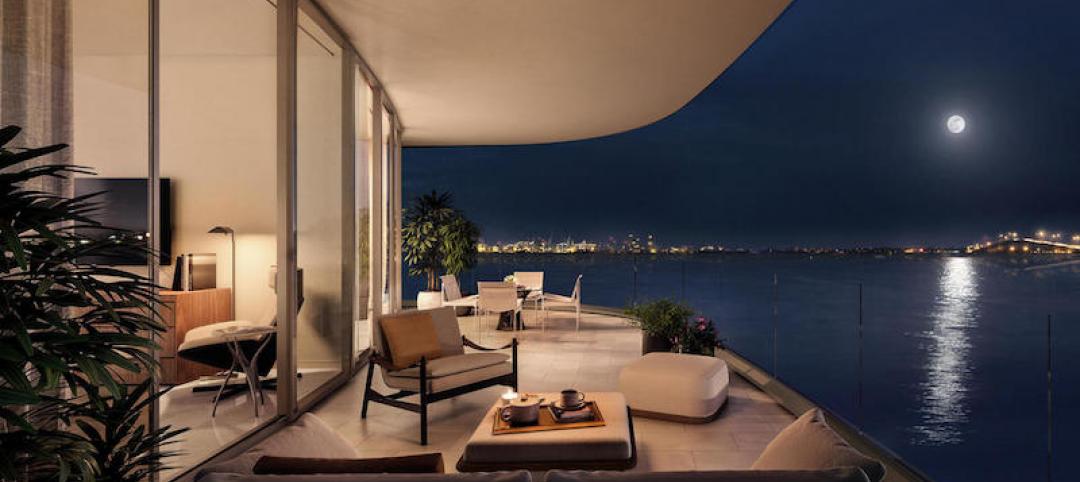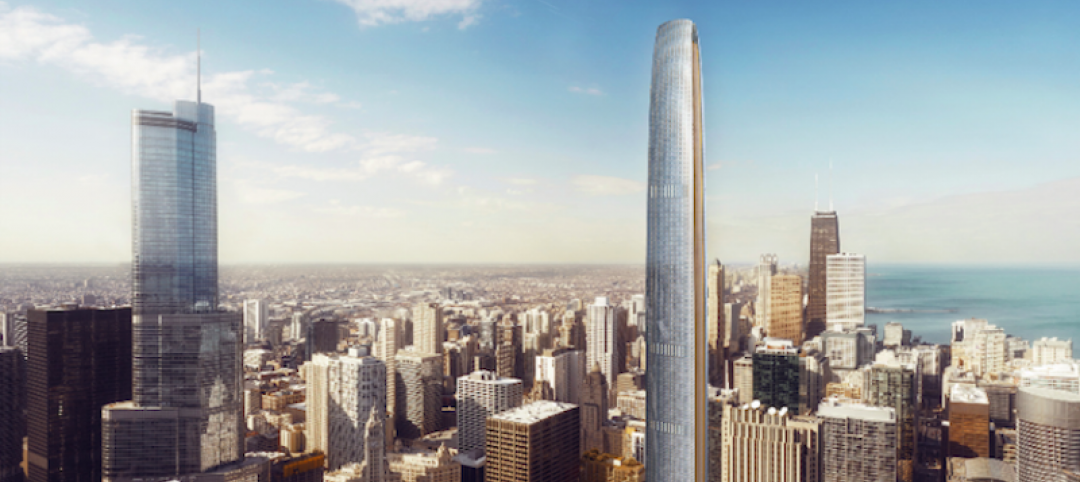Starting in 2024, the electric bills of most Californians could be based not only on how much power they use, but also on how much money they make. Those who have higher incomes would pay more; those with lower incomes would see their electric bills decline.
A law passed last year in California requires state utility regulators to devise a plan for charging customers income-based fixed fees as part of their electric bills by July 2024. If California goes ahead with this plan, it would be the first state to enact such a change.
The income-based billing concept has provoked strong debate as advocates and opponents argue over whether such a measure would encourage or discourage adoption of sustainable technologies such as solar panels backed with battery systems, electric vehicles, and heat pumps. Opponents include supporters of green technology who fear such a change would discourage customers from investing in new technology to reduce their electricity usage, according to a report in Grist. They say higher costs spur more people to use electricity more efficiently.
Supporters of income-based electric bills say just the opposite: reducing utility costs for lower income individuals could actually encourage them to use the savings from lower bills to install heat pumps and buy EVs.
A key point in the debate revolves around cost related to things that are not linked to usage such as burying electric supply lines to reduce wildfires. Such expenditures are passed on to all customers regardless of the amount of power they consume.
Both sides can agree on one thing: customers are already fed up with rates that have been rising at three times the rate of inflation in recent years. And, escalating electric bills are almost a certainty in the foreseeable future.
Related Stories
Multifamily Housing | May 9, 2018
6 noteworthy projects: Transit-oriented rental community, micro-unit residences, and an office tower becomes a mixed-use community
These six recently completed projects represent some of the newest trends in multifamily housing.
Multifamily Housing | May 1, 2018
Boutique condo provides 41 exclusive residences in Miami’s Bay Harbor Islands
Revuelta Architecture International designed the building.
Multifamily Housing | May 1, 2018
Call for experts: We’re looking for designers and builders of bicycle storage facilities for multifamily
The editors of Multifamily Design+Construction magazine seek experts for a "how-to" article in the next issue.
Multifamily Housing | Apr 30, 2018
For housing costs, consider all occupancy costs - not just property taxes
It's inaccurate to focus on property taxes as a percentage of home value without acknowledging the actual cost of housing to which this percentage is applied.
Multifamily Housing | Apr 27, 2018
1912 publishing house becomes luxury residential condominiums
Gottesman Architecture and GSArch designed the renovated building.
Adaptive Reuse | Apr 26, 2018
Edison Lofts building is New Jersey’s largest non-waterfront adaptive reuse project
Minno & Wasko Architects & Planners designed the building.
Multifamily Housing | Apr 24, 2018
Adrian Smith + Gordon Gill Architecture designs 47-story condo tower in Miami
The tower will be located in Miami’s South Brickell neighborhood.
Multifamily Housing | Apr 23, 2018
Mass timber design for multifamily housing
The adaptability of urban development could be revolutionized through the inherent strength of mass timber construction.
Multifamily Housing | Apr 18, 2018
MAA, Greystar nation’s largest apartment owner, developer
With 5,651 apartment units started in 2017, Charleston, S.C.-based Greystar Real Estate Partners was the most active multifamily rental developer last year, according to the 2018 NMHC 50 report.
High-rise Construction | Apr 17, 2018
Developers reveal plans for 1,422-foot-tall skyscraper in Chicago
The tower would be the second tallest in the city.

















